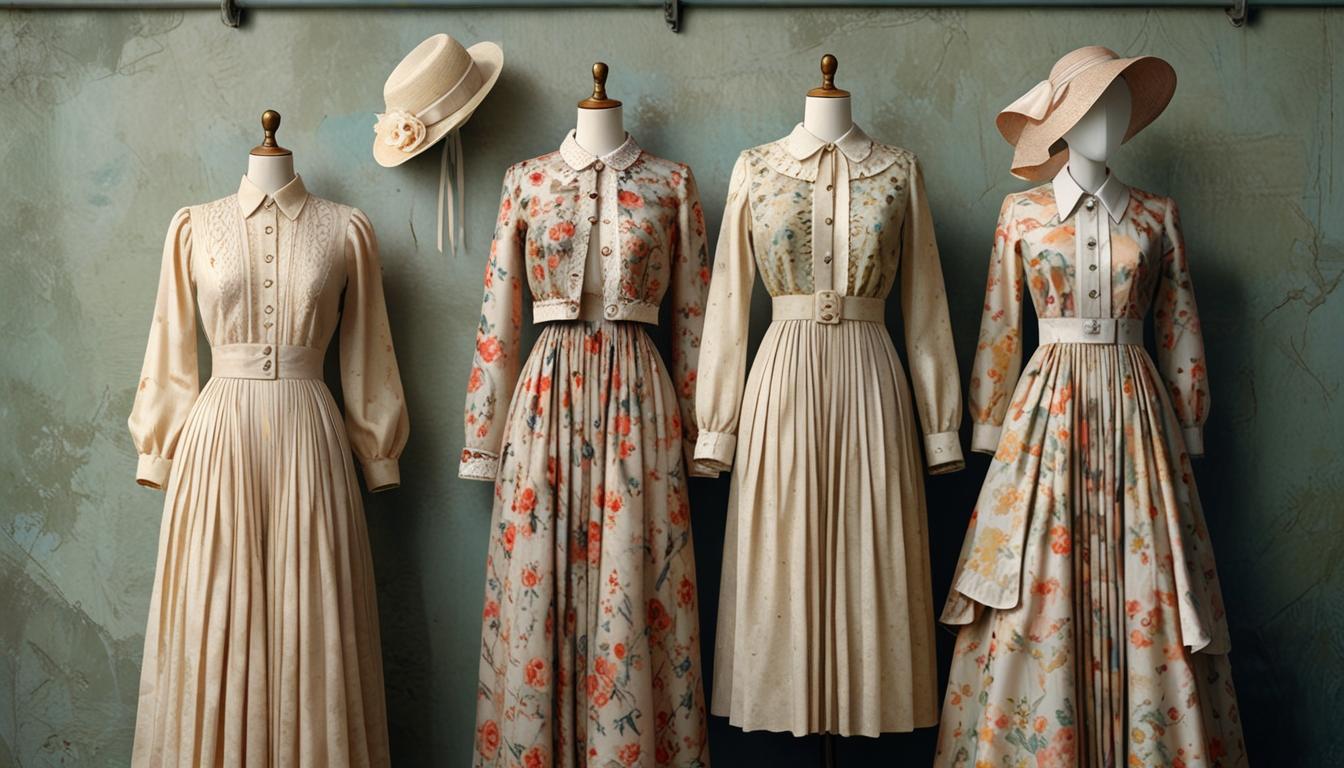With the rising costs of goods, savvy shoppers are turning to thrift stores for unique items and budget-friendly finds. Here are essential tips to enhance your thrifting experience.
Walking into a thrift store can evoke feelings of excitement and possibility or, conversely, create a sense of overwhelm amidst a sea of pre-owned goods. Given the rising costs of goods across the board, many shoppers are turning to thrift stores not just for the thrill of the hunt, but as a strategic method for maintaining a budget while finding unique items for their homes and wardrobes.
However, thrifting is not always a straightforward process. It is often the case that a trip to a thrift store can lead to hours spent searching, only to leave empty-handed. The key to a successful thrifting experience lies in preparation and strategy, which can significantly enhance one’s chances of discovering valuable finds.
To maximize thrift store visits, several recommendations are notable:
One essential tip is to shop on weekdays. According to Penny Pinchin Mom Blog, weekday visits usually yield better results since stores are less crowded. This allows for a more relaxed browsing experience and often means that the best items have not yet been picked over by other shoppers. Furthermore, Tuesdays and Wednesdays are highlighted as prime days for shopping, coinciding with restocking schedules at many thrift shops.
Knowing when your local thrift stores restock their inventory can also provide an advantage. Many thrift stores have specific days when they receive new merchandise, typically due to donations. By inquiring directly with local shops, shoppers can align their visits to coincide with these restock days, giving them priority access to fresh items before other customers have had a chance to browse.
Creating a thifting plan is another strategy that can drastically enhance the effectiveness of shopping. This involves making a list of specific items needed, which helps navigate through the often overwhelming volume of merchandise, reducing the chances of impulse purchases and ensuring that purchased items fulfill a purpose in the home.
It is also suggested to carry a measuring tape while thrifting. This handy tool can be invaluable for assessing whether furniture will fit in a designated space or verifying the dimensions of items that may lack size tags, thus preventing unnecessary purchases.
Awareness of quality brands can make the process more efficient. Familiarizing oneself with well-regarded labels within different categories can help identify valuable pieces quickly. If someone can recognize a high-quality item amidst lower-cost alternatives, it enhances the chances of discovering exceptional deals.
The introduction of technology into thrifting can provide further insight. Shoppers are advised to utilize tools like Google Images for identifying unmarked items that may have hidden value. This approach can help assess whether a piece is worth purchasing based on its retail value and type.
Quality inspection is also paramount. Shoppers are encouraged to check clothing for construction quality by examining seams and fabric types. Emphasizing natural materials over synthetics can lead to better selections. When it comes to furniture or electronics, testing stability and functionality helps to avoid post-purchase disappointment.
Importantly, thrift shoppers should develop the ability to see potential in items that may initially appear worn or outdated. With a bit of creativity and some small investments of time, many thrifted goods can be transformed into practical or decorative treasures.
Seasoned thrifters also recommend strategically focusing on off-season shopping. Purchasing seasonal items during off-peak times often results in better selections and discounts, allowing shoppers to capitalize on low demand for high-value items.
Thrift outlets, distinct from traditional thrift stores, can present unique opportunities for finding items. These outlets often sell goods by weight, significantly reducing pricing and prompting the need for shoppers to dig through mixed merchandise. This can yield extraordinary bargains.
Additionally, remaining patient and selective is crucial. Knowing when to leave without making a purchase can be a mark of a skilled thrifter. Even though leaving empty-handed may be counterintuitive after investing time, it encourages discipline and ultimately leads to a more curated collection.
Thrift store visits can become even more fruitful when shoppers keep lists of desired items and target stores near college campuses during transition periods when students frequently donate items. As many students opt to donate rather than transport belongings home, quality items are often fresh on the market.
Finally, a proactive approach to pest prevention for thrifted textiles is suggested. Freezing items before washing can eliminate potential pests effectively, ensuring that new additions to the home do not inadvertently introduce unwanted guests.
In summary, thrifting offers a unique method to incorporate affordability and creativity into personal and home styling. With the right strategies in place, shoppers can enhance their experiences and leave with treasures that are both functional and stylish.
Source: Noah Wire Services




